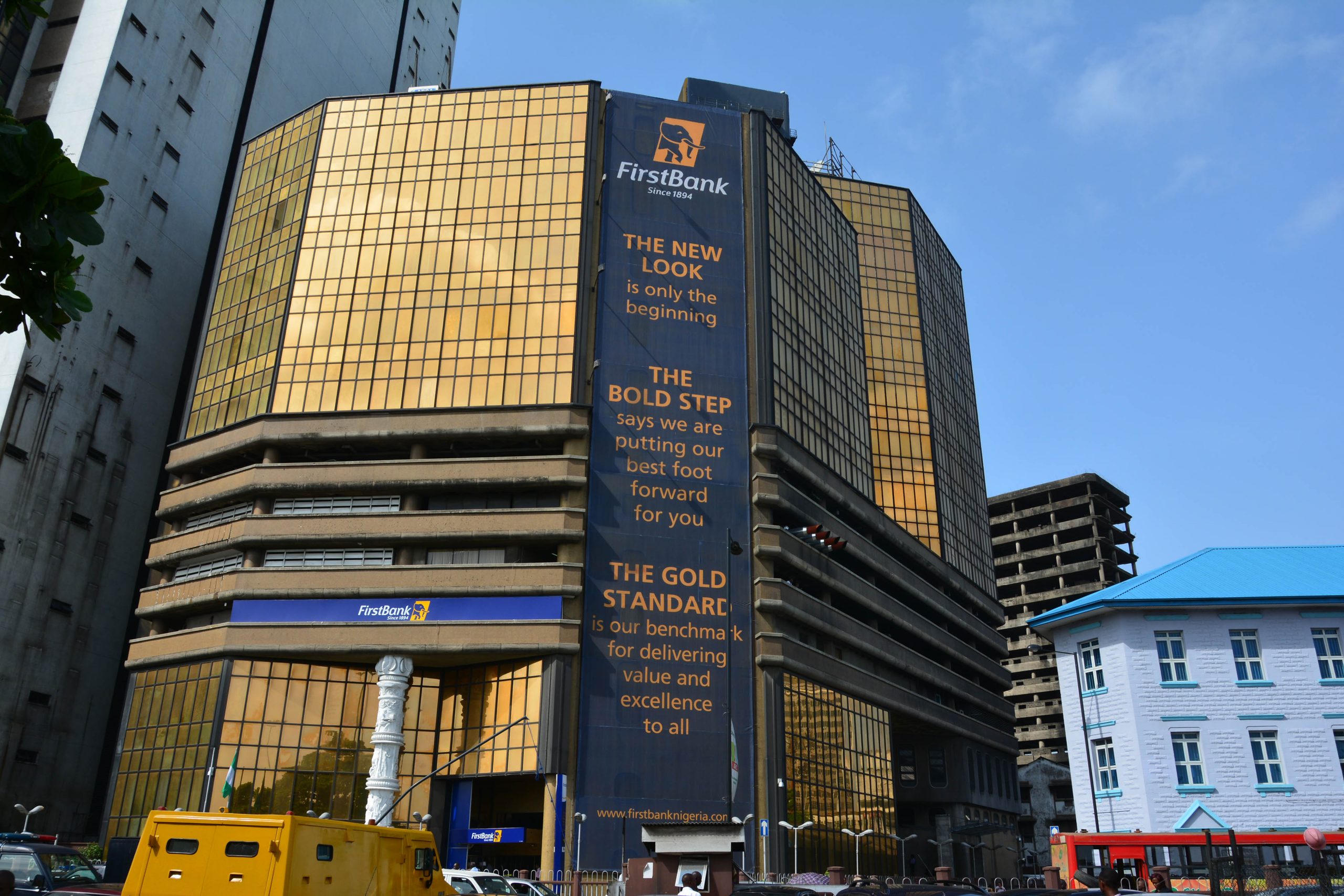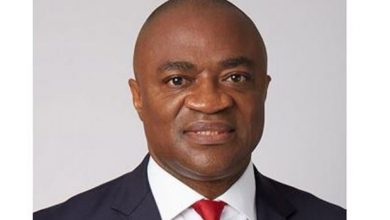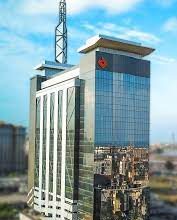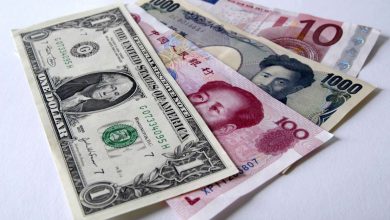Unity Bank Q3,2020 : Gun Without Bullets .

Unity Bank Plc in its third quarter 2020 has declared another profit .However the bank’s claim to profitability is still generating heated controversy with its baggage of negative equity.
The lenders Profit before tax (PBT) increased Y-o-Y by +6.19% from N1.61bn in 9months 2019 to N1.71bn in 9months 2020. This was majorly driven by +12.10% growth in foreign exchange revaluation, that is net trading income as stated in the financial statement, and a +10.38% Y-o-Y growth in operating income. This was achieved despite the +14.75% Y-o-Y increase in operating expense.
However ,after interplay of the income and cost forces its profit after tax climbed by 6.2 percent from N1,482b to N1,574b within the same period
A detailed analysis of the bank’s book revealed the gross income of the bank grew by +8.48% Y-o-Y from N31. 26bn in 9months 2019 to N33.91bn in 9months 2020. Growth in gross income was achieved on the back of +13.74% in interest income despite the +6.42% growth in interest expense. Also, fees and commission grew by +8.26% Y-o-Y which was driven by +155.0% growth in credit-related fees and commission
. .
But bank’s claim to profitability is still raising serious storms . The question remains , is this real or a ruse ? This has remained a recurring question raging since the bank claimed its return to profitability. For some observers and analysts, in a sane clime, the continued operation of Unity Bank Plc is ,no doubt, an aberration . This view may not be misplaced. With N278.64b negative equity and negative returns on equity, it continues to put investors in quandary for the past three years . But with the above deficits , Unity Bank , a clear case of a gun without bullets, is very much in operation.
The bank’s return to profitability looks more like building a house on sands than real . A financial firm of analysts in its H1 analysis , has likened the bank’s survival to a car “driving on fumes which can be heart-pumping and exhilarating but which is not the best way to run a car. The firm warned that making profit with negative shareholders funds might give a sense of invincibility until the cold fingers of reality grips the banks operations or the Central Bank of Nigeria (CBN) suddenly wakes up to a new regulatory impetus
Unity bank’s steady growth in top-line numbers cannot be disputed by analysts but concerns remain about its negative shareholder funds .Best practice denominator management would require that the bank quickly recapitalizes to stabilize its operations. A foreign bank analyst who made inquiries about the bank asked, “how does a bank have negative shareholder funds of N278.64bn and still stay in business?” This is a difficult question to answer .
For this , the above issues have continued to raise eyebrow and serious questions against the Central Bank of Nigeria, CBN, the regulatory authority. Can a bank under the extant laws operate with negative equity? Though not yet confirmed, speculations by analysts revealed that few powerful individuals and investors using their political clouts , are allegedly behind continued existence and survival of the bank that should have been consigned to dust bin or taken over by CBN “.
Of equal concern is the rise in the bank’s deposit liabilities which are possibly tied to institutional funds used for on-lending to designated economic sectors, this is in addition to secondary deposits by loan beneficiaries. As good as this might seem at first glance, the bank may need to quickly grow its organic deposit base by increasing deposit market share as its lending activities expand.The queer structure of Unity bank’s statement of financial position and its improving profit and loss account may leave analysts in a haze, but the confusion may clear if, as may be expected, a previously tolerant market regulator becomes less lenient.
Asides the issue of negative equity ,the bank is still being troubled by cost management . Though the bank has returned to profitability , its cost-to-income ratio profile is outrageous. It now stands at 89% in 9months 2020 ; it was 86% in 9months 2019 .This was due to its inability to control costs items . As it is now at the end third quarter, 2020 its cost handle was driven by a +14.75% Y-o-Y increase in operating expense . Though its operating income increased by +10.38% ,however ,this could not cover the growth in operational expenses. Growth in operating expense was driven by a +13.73% increase in administrative expense and a +21.45% increase in regulatory fees which include NDIC premium and AMCON fees .
But for the bank’s management, it is a breakthrough , a break from the past . . The deposit money bank’s latest result shows improvements in both top and bottom-line positions, with the bank diversifying its loan book and getting involved in strategic businesses that may yield improved their production output in the course of the next few quarters. Managers of the bank noted that “the bank has remained focused on its niche market, which is agribusiness, it has also continued to grow its brand franchise in many areas of the retail market by promoting and leveraging its Agriculture value businesses”.
The bank was able to expand its top line as it deepened its business into new markets.Its total assets increased by +40.15% Y-o-Y, from N300.29bn to N420.87bn in 9months 2020. The rise in lending activity in the year despite the challenges of the coronavirus pandemic helped the bank increase its total assets.
The bank’s significant increase in net interest income suggests an improvement in its core lending activities but intermediated loans can only be a short-term method of building the bank’s loan book and stabilizing its net interest income.
The bank’s fees and commission grew Y-o-Y by +8.26% as against N3.92bn recorded in 9months 2019, implying an improvement in credit-related non-interest earnings and income from customer trading transactions, seeing that deposit from customers increased by +30.82%.
The retail lender posted an improvement in its credit loss expense for the period, credit loss expense declined by -68.86% Y-o-Y, from N684.55m in 9months 2019 to N213.17m in 9months 2020, the decline in credit loss expense could be attributed to an improvement in the asset quality which was driven by an improvement and diversification in the loan book of the bank (see chart 3 below).The bank’s loan-to-deposit ratio (LDR) rose over the period although it remained below the regulatory minimum. LDR increased to 30.48% in 9months 2020 from 24.23% in 9months 2019. Loans to customers increased significantly by +48.50% while total deposits grew by +18.07% Y-o-Y .
The growth in total assets of the bank is a product of upside inferences. The lender has been cuddled by both macroeconomic and operational factors. For a year-on-year period total assets rose by +40.15% to N420.87bn in 9months 2020. Growth in total assets was driven by a rise in cash balances with the bank which grew by +552.49%, total financial investment (both at amortized cost and the face value of other comprehensive income (FVOCI)) grew by +14.46% while property and equipment increased by +8.63% .
The agribusiness-focused lender still has a negative shareholders fund which has been a point of concern for local and foreign investors that are trying to phantom how a bank with sustained negative capital over the last three years could remain in business. Year-on-year shareholders’ funds declined by +14.73% from a negative value of N242.57bn in 9 months 2019 to N278.3bn in 9months 2020 (see chart 5 below).




